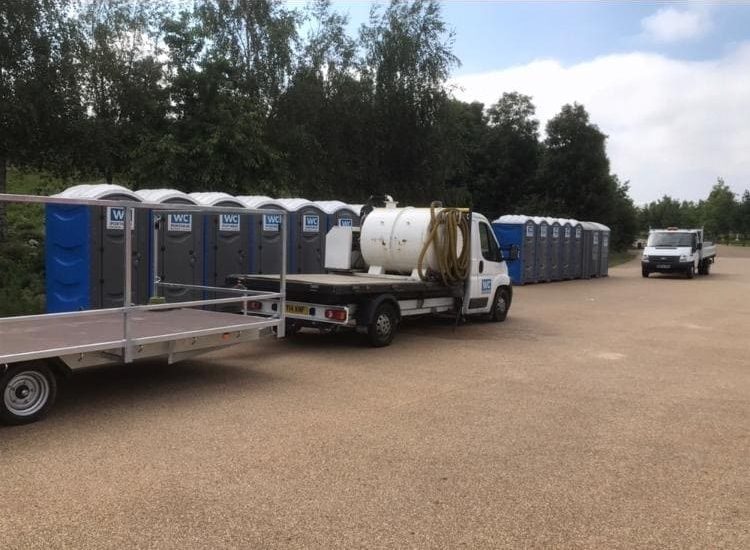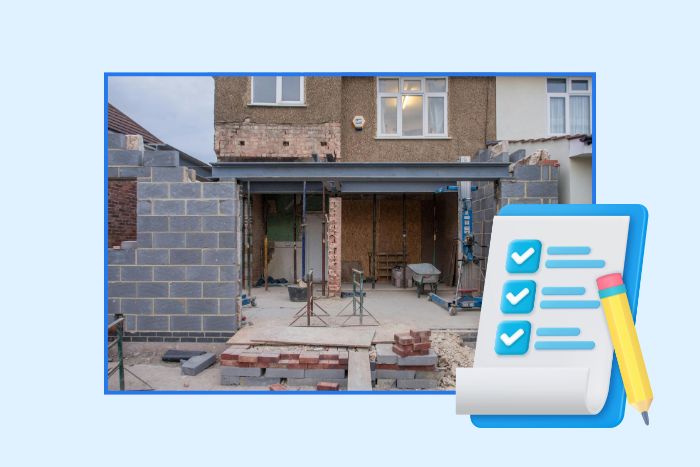Have you ever worked in an environment that had no provision for toilet facilities? I am guessing the answer is a no. It’s a no because the HSE (Health and Safety Executive) mandated employers to provide sufficient toilets and washbasins for people expected to use them. It is one of the several obligations required of employers to their respective employees.
These facilities are expected to meet certain standards or criteria. Some of these factors include units equipped with cold and hot water, clean and finished with wall and floor tiles. Alternatively, waterproof material can be used to finish the wall to make cleaning a lot easier. It is also recommended, if feasible, for employers to provide gender-specific toilets. If this is not possible, all the available units should be fitted with lockable doors. As expected, a sufficient supply of toilet papers and a sanitary disposal bin is advised. These are some of the core components of the workplace facilities document.
Most companies understand the effect a hygienic and comfortable workplace has on employee performance and wellbeing. Well-equipped and hygienic toilet facilities will put employees at ease. Their hearts will not pace or shivers travel through their spine when the urge to do a number one or two arises. The number of toilet facilities is also important and the HSE provides some guidelines in determining the ideal amount. Let’s have a quick look at some of this guidance.
Number of toilets required at the workplace
It is never a good use of company time if workers have to queue up for a considerable time to use the facilities at the workplace. The time wasted in the queue could be used for more productive company duties.
The Workplace Regulations of 1992 (Health, Safety and Welfare) mandates employers to provide restroom facilities that meet the earlier stated requirements. The code also provides some clarity and benchmark on the ideal number of toilet units concerning employee count.
Here is a simple representation:
The first section of the provision is relevant to a mixed-use scenario (gender-neutral facilities). And the second applies to specifically male toilets. In this section, we will specifically focus on the mixed-use scenario.
Low range: A company with an employee count of between 1-5 people are required to provide a toilet and washbasin. A queue is less likely to build up due to the 5:1 employee to toilet ratio
Mid-range: At the Midpoint, companies with 26-50 headcount are expected to provide 3 facilities and those with 51-75, 4 toilets and washbasins respectively. This implies an employee to toilet ratio of 50:3 or approximately 6 to 1 ratio. It should be fairly manageable even during peak hours. It will be unlikely for everyone to require the use of the toilet at the same time
High range: larger companies are expected to provide more units for their staff. The guidance covers a range of employees between 75-100, to be provided with 5 units of toilets and washbasins. This accounts for a ratio of 20:1 at its lowest form. A slightly wider ratio than the earlier stated brackets
The provision is similar to the male-only ranges but with slight variance at some of the tiers. This will be useful in helping you gauge if your employer has provided sufficient units for the employees or if you’ve simply outgrown your office space and it is time for an upgrade or expansion.




